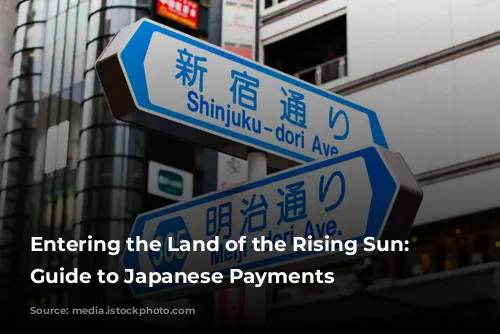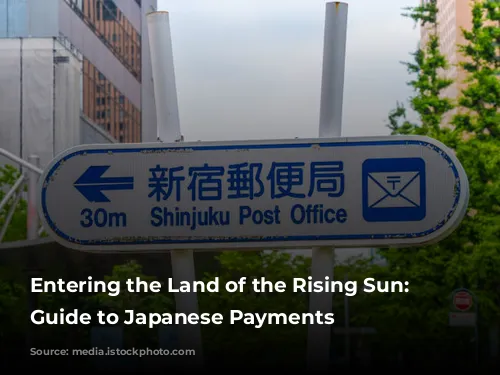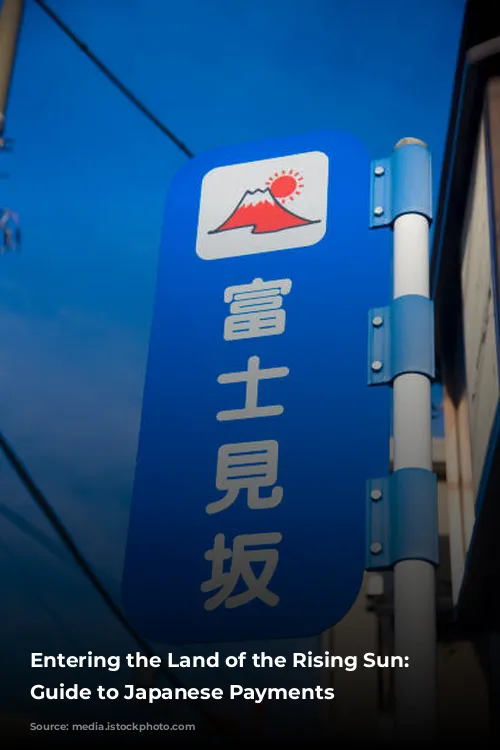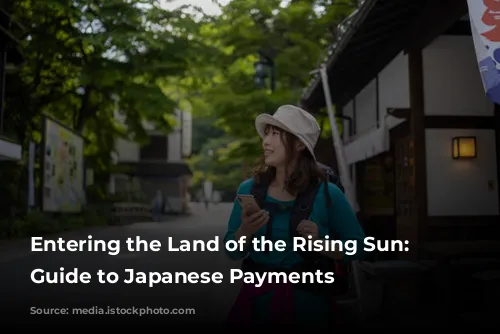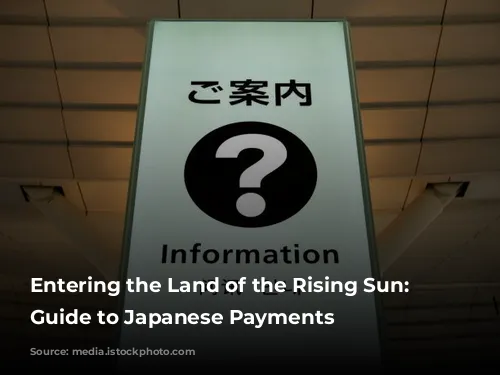Japan, a nation known for its technological prowess and ancient traditions, presents a unique landscape for businesses looking to expand their reach. Its vibrant ecommerce scene, boasting a massive B2B market worth over ¥420 trillion and a robust B2C market valued at ¥22.7 trillion in 2022, makes it an enticing prospect. However, successfully navigating this dynamic market requires a deep understanding of its intricate payment ecosystem, where tradition meets innovation.
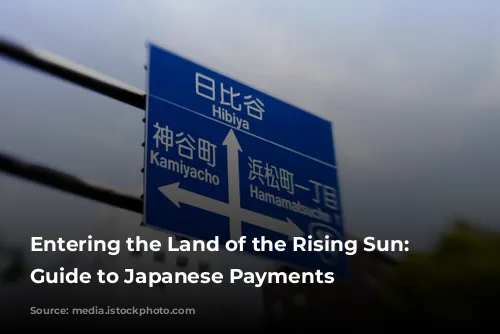
Navigating the Japanese Payment Landscape: A Fusion of Tradition and Technology
Think of Japan as a cultural tapestry woven with threads of tradition and modernity. While the global shift towards cashless transactions is undeniable, Japan retains a strong attachment to cash. In 2022, cash still accounted for a staggering 64% of all payments. This reliance on cash is further solidified by the popularity of Konbini payments for online transactions. Konbini, meaning “convenience store” in Japanese, are ubiquitous throughout the country and offer a familiar, trusted method for completing transactions.
However, this cash-centric approach doesn’t paint a complete picture. Japanese consumers are increasingly embracing digital wallets and contactless payments. This dual nature of the market presents both opportunities and challenges for businesses.
Beyond consumer behavior, Japan’s payment culture is deeply influenced by its stringent regulatory environment. The Financial Services Agency (FSA) oversees the banking, securities, and insurance sectors, while the Ministry of Economy, Trade, and Industry (METI) regulates card payments. This robust regulatory framework ensures a stable and secure financial landscape, but it also necessitates careful adherence to local laws.

Keys to Success: Building Trust and Adhering to Regulations
Building a thriving business in Japan requires a strategic approach that blends respect for local customs with innovative practices. Here’s how you can unlock the potential of this dynamic market:
Embrace cash: Despite the global move toward digital payments, Japan remains firmly anchored in its cash-based culture. Accepting cash for in-person purchases and providing the option of Konbini payments for online transactions can cater to a significant portion of the market.
Cultivate trust: In Japan, trust is paramount. Invest in a high-quality Japanese translation of your website, be responsive in addressing payment disputes, and prioritize exceptional customer service. These actions will foster trust and loyalty among Japanese customers.
Champion compliance: Show your commitment to ethical business practices by strictly adhering to Japan’s regulations, particularly the Protection of Personal Information Act and the Specified Commercial Transactions Act. This demonstrates your trustworthiness and bolsters customer confidence.
Prioritize security: Japan has faced several high-profile cybersecurity breaches, with ransomware attacks reaching an all-time high in 2022. Implementing robust security practices, staying updated on the latest protocols, and proactively mitigating fraud risks are essential for maintaining customer trust and safeguarding sensitive data.
By understanding the intricacies of the Japanese payment landscape and adopting a multifaceted approach, businesses can successfully navigate this dynamic market. From embracing traditional payment methods to prioritizing trust and security, this guide provides a roadmap for navigating Japan’s unique payment system and unlocking its vast potential.
